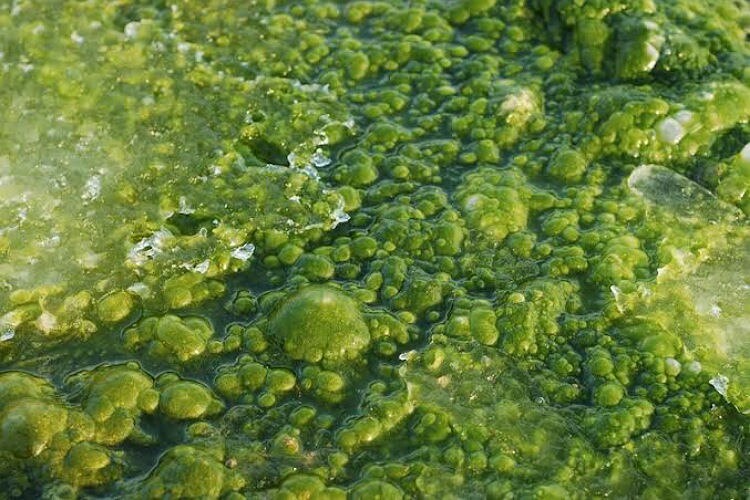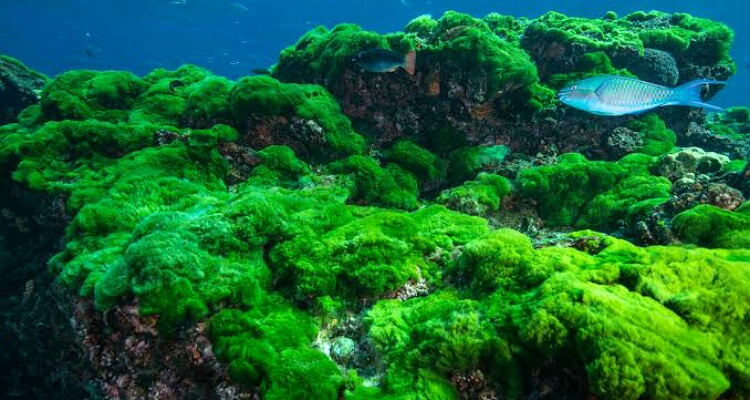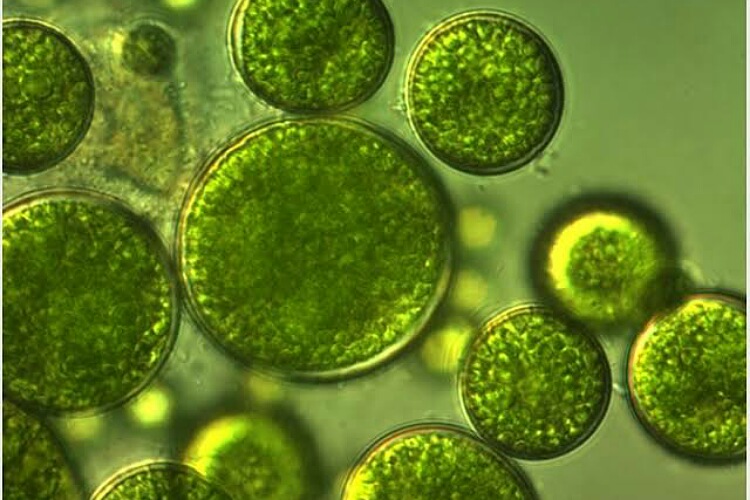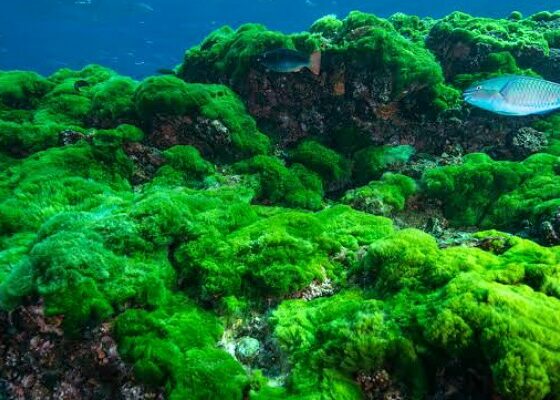World population is on the rise. On the other hand, food sources are no longer sustainable. This would imply food insecurity in the near future. Researchers are looking at algae as a means of sustainable protein.
Food insecurity in the world
The world population continues to grow. The current food might not be sufficient to feed the hungry mouths. In fact, scientists are worried because the land is proving to be inadequate to grow crops and feed farm animals. Moreover, the ill-effects of farming and animal rearing on the environment is enormous. Their carbon footprints are high and this has led to climate change and environmental deterioration.

As per the data from Food and Agriculture Organization of the United Nations, by 2050 we would lose around 250 million crop production acres of land to urbanization, construction, flyovers, soil degradation and also to global warming effects. Water accessibility is decreasing and maintenance costs are rising. Hence, researchers are searching for sustainable ways to feed the world population and to combat food insecurity. Could algae be the answer for this?
What are algae?
Algae are neither plants nor animals. They are aquatic, photosynthetic, nucleus-containing organisms. They grow mainly in seas, oceans, rivers, lakes, ponds, streams, and marshes. They are slimy and produce their own food from sunlight. And they release oxygen to the water and air around them. Unlike plants, they do not have roots, stems, leaves or flowers.
These are of different colors such as blue, green, red or brown. And they range in size from microalgae to larger seaweeds.
Nutrition and health benefits
These organisms are used to treat fatty liver disease (red marine variety) and high blood pressure (spirulina). Dr. Stephen Mayfield from university of California, San Diego calls them as superfood because of their rich content of proteins, healthy fatty acids, minerals and vitamins. Stephen explains:
“Part of that is because algae [don’t] have to have stems, roots, or branches to hold [themselves] up, so [they] dedicate all of [their] energy to making more protein, fatty acids, etc., rather than cellulose,”

Dr. William Sears, family medicine practitioner states:
“[They are] a rich source of B vitamins, vitamin K, iron, magnesium, calcium, iodine, and more.”
He adds:
“Algae [are] rich in antioxidants. Many different microalgae species are rich sources of different antioxidants.”
But humans consume only a small fraction of these foods. These have docosahexaenoic acid or DHA. And this is highly bioavailable. Aletta Mayorga from pregnancy nutrition company Needed enlightens:
“Although we primarily think of fish as being a key omega-3 source in the human diet, fish do not produce omega-3s on their own but rather consume them from algae and plankton,”
Sustainable source of protein
Stephen goes on to explain:
“We can grow algae on non-arable land using non-potable water and it produces protein at up to 20 [times] the amount as soybean, our current protein-producing champion.”
Erin Stokes from MegaFood elaborates on their sustainability:
“Algae has the ability to sequester CO2, which greatly increases its long-term sustainability in the food sector,”
“As long as the algae are grown in clean waters, it is a highly nutritious food with a minimal impact on the environment.”
Read here: China grass or agar agar: details, nutritive value, benefits, uses, and side effects!

Moreover, their growth needs no herbicides , pesticides or such toxic chemicals. Microalgae are a significant source of foods but require smaller areas for growth. But there are some challenges. About it, Stephen says:
“The main challenge is getting it to world scale, and with that scale should come economies of scale, that will bring the price down — which is the main challenge right now,”
Further Aletta adds:
“Although the nutritional value of algae would make [them] a highly versatile food source, [they] tend to have a characteristic odor, and taste and overall sensory acceptance can be a limiting factor,”
And the water sources growing them need quality control.
